Haystacks are an unmistakable icon of Maramures. You will see them here all year round, punctuating the landscape on white, brown or green fields. For haystack lovers, and I count myself as such, you want to be in Maramures at this time of year to watch just one of the annual traditional processes going on. June brings long hot days and the armpit-deep meadow grass is ready for harvesting.
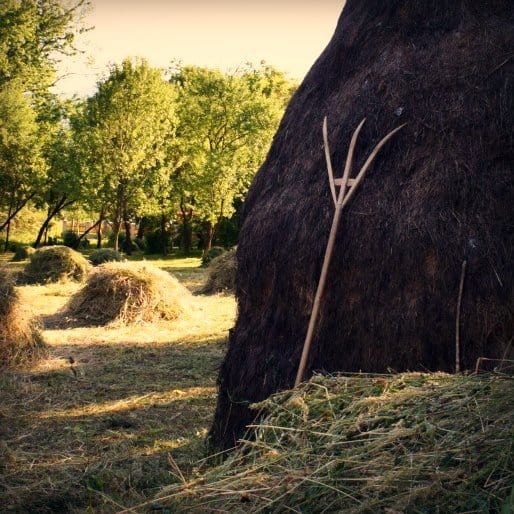
Through spring and early summer our pastures have been dotted with wildflowers but by June the grasses rule and it’s time to start the hay making. I love how here in the village everyone just knows when it’s time to plough, time to plant and time to gather. Just as the fruit trees all blossom in unison, so do the villagers descend on the fields to make hay.
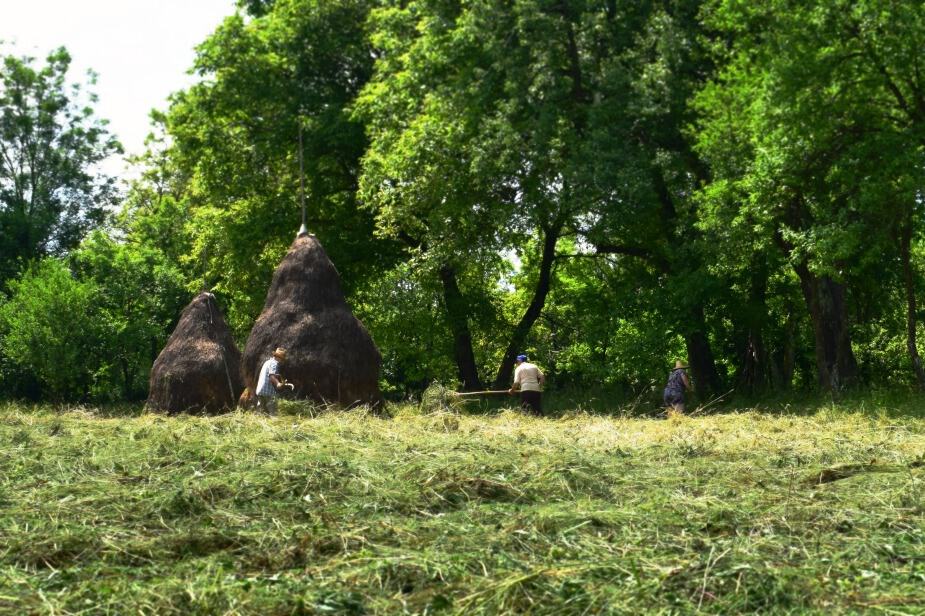
I grew up with hay making, but even 50 years ago in our few small Welsh fields, industrial haymaking equipment and wagons were the norm. Here in Breb grass is cut by hand, turned in the sun for two days with wooden pitchforks, then piled high into haystacks. The wife of the family normally perches on top to organise the storage of winter animal feed, just as she organises her own winter store cupboards at home.
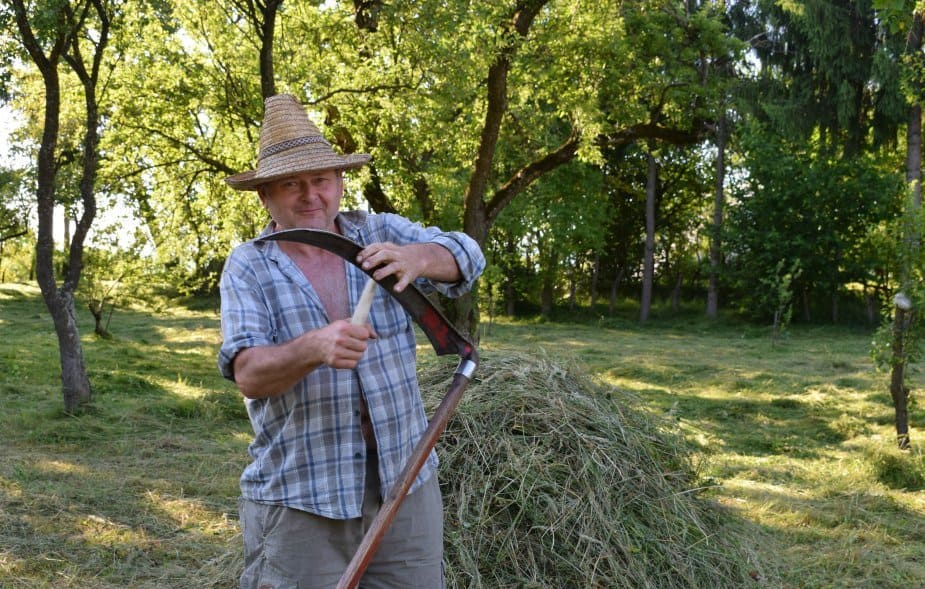
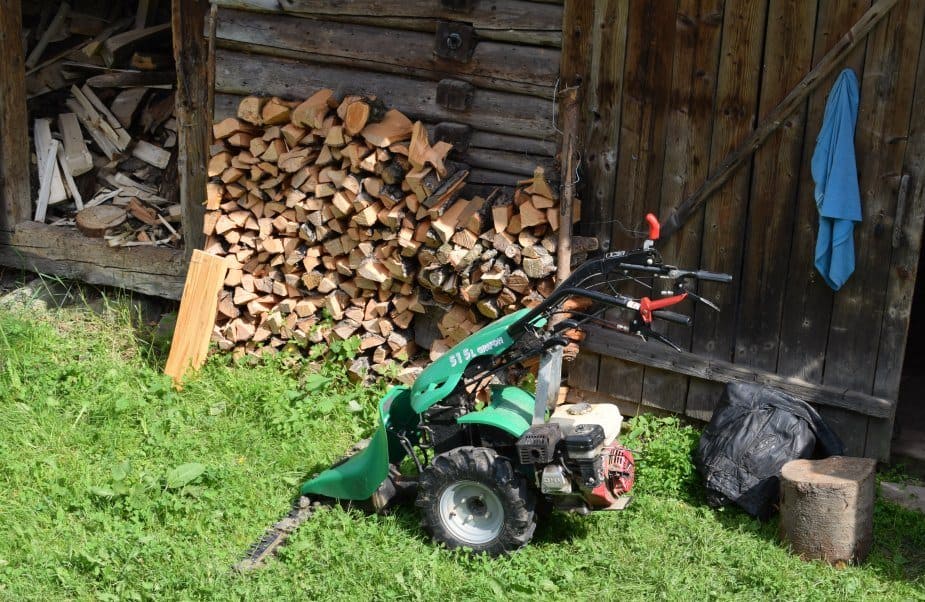
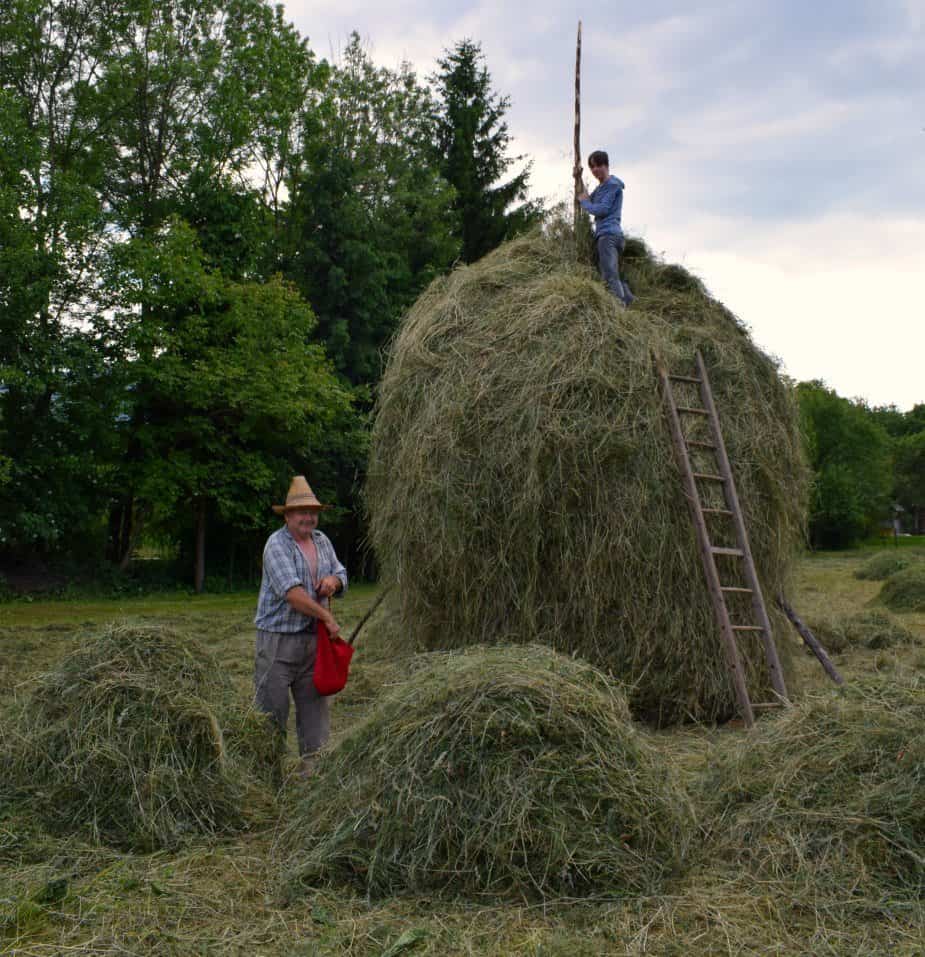
The magic ingredient came as a complete surprise to me and solved a little mystery. We’ve often wondered why our bunnies drink so much water in winter. Of course, we raid the haystacks once the snows come, to feed them and keep them warm. These haystacks are laced with salt. Mihai dipped ito that little red bag every few minutes. the idea is to give the cows a thirst, more water, more milk. These people are do damn smart!
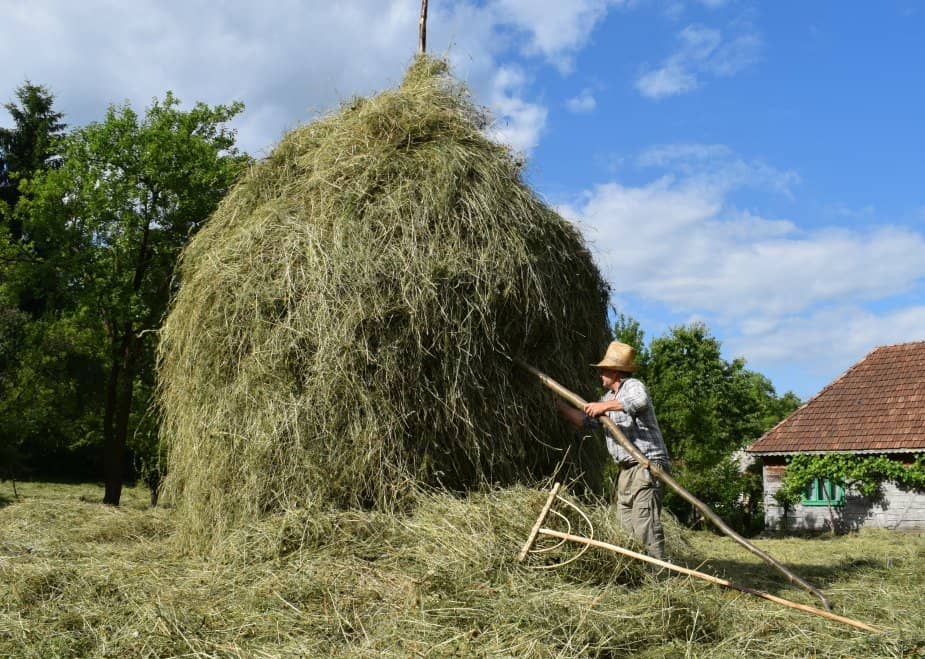
Right across the village whole families are out in the fields working hard from first light to home-made picnic lunch beneath a shady tree A rest, some food and a lie in the sun puts them right to work through to sundown, which at the moment is around 9pm. It’s a magical time in a magical place and another thing I feel privileged to have been a part of in our special village, Breb in northern Romania.
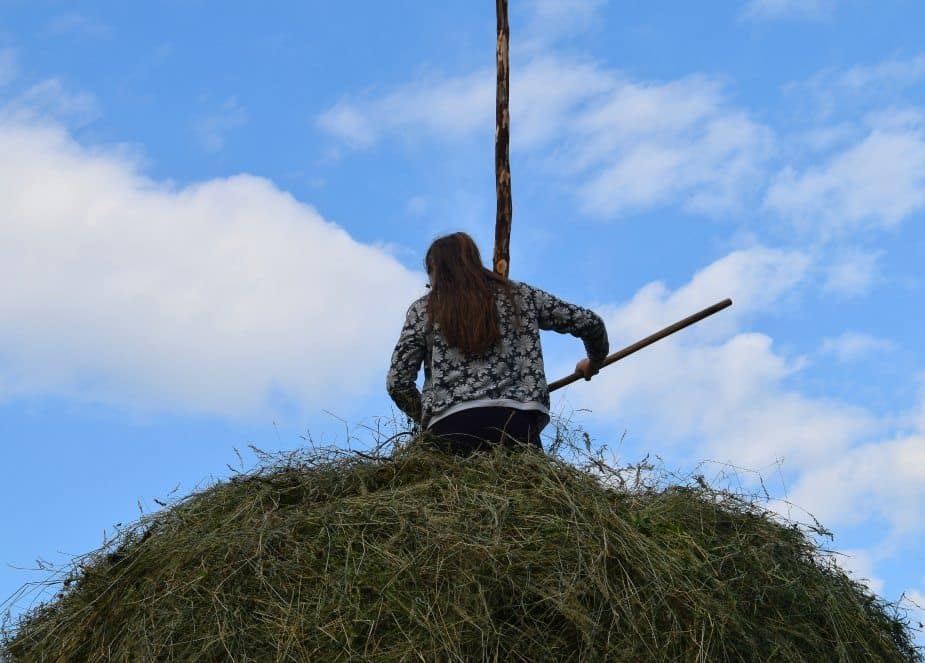
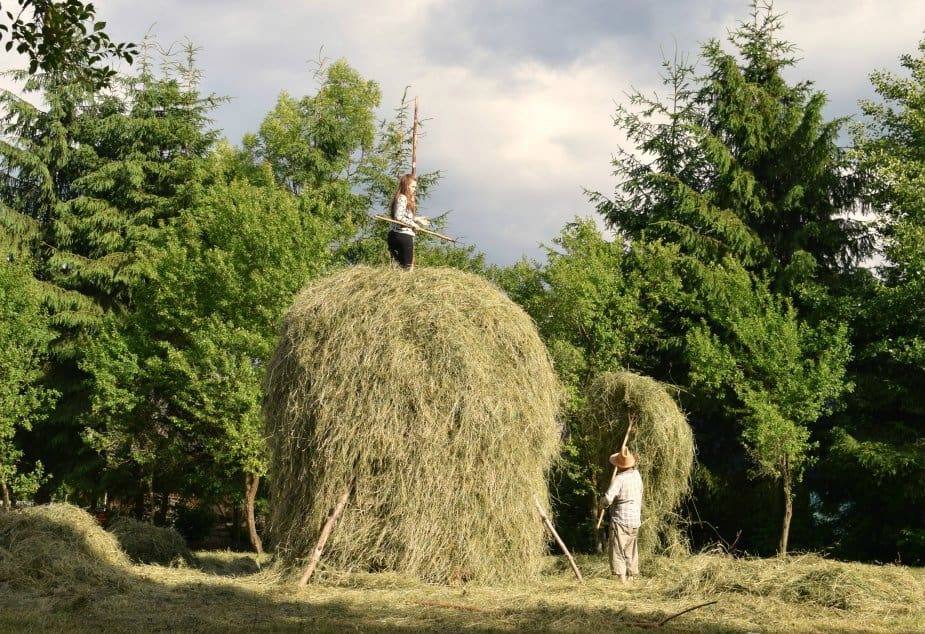
The haystacks can keep grass fresh for 3-4 years and are used to feed barn-housed livestock through our harsh winters. Snow can lie on the ground here for 5 months, the animals need this food supply just as they have since the beginning of time.
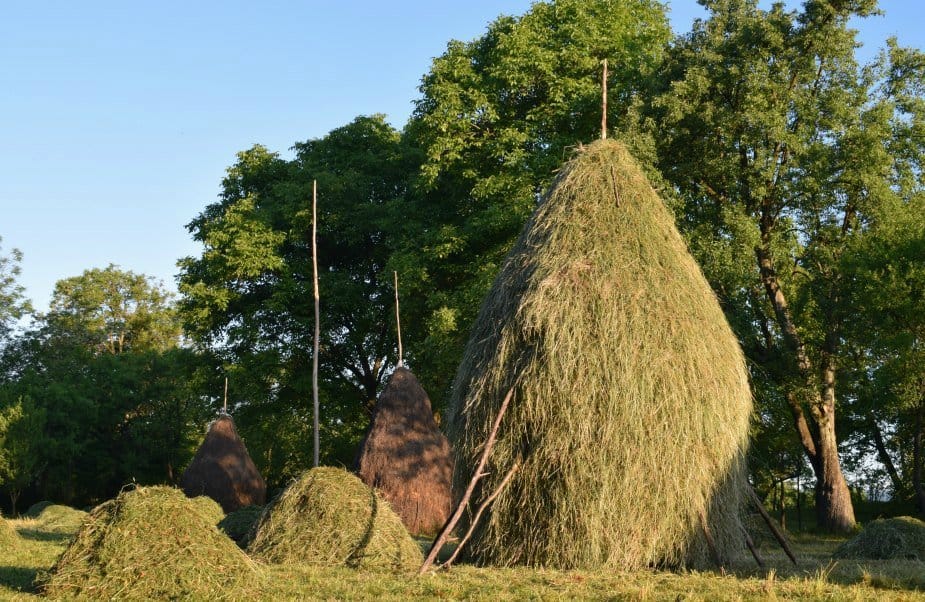
But, they don’t always get it right, we woke up this morning to a catastrophic haystack collapse, a day’s work wasted. The horses came to take it away and I’m sure they put it to good use, nobody ever wastes anything in Breb.
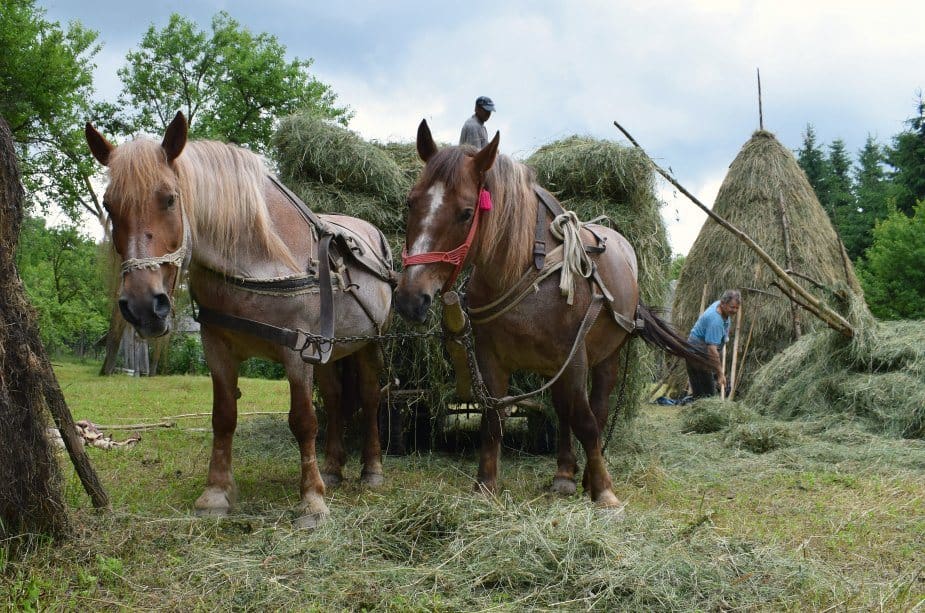
Sign up to follow for more travel from Romania, London, Vietnam, Langkawi, Myanmar and Australia, more on lifestyle creation, more on eduction, just…more!

Back to our main Romania travel directory. We have lots more on travel in Romania and Romanian village life in Breb and Maramures.

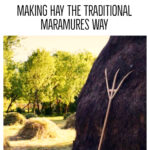


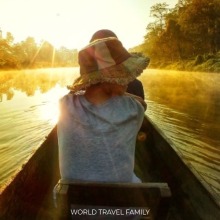
Andrea
Sunday 18th of June 2017
This is what I miss about Romanian culture living in US. Back in Romania the entire family is very involved in each other's lives. They help out with anything, they are there at occasions, and god forbid if you miss one of them on your visit! Haystacking is the coolest thing ever! I remember growing up going to family members that lived in the villages (I grew up in the city) or to my friends' grandparents and play and roll on hay! Fun stuff for kids to do! Great article and pictures!
Alyson Long for World Travel Family
Sunday 18th of June 2017
Thank you. Yes I'm so glad my boys got to experience this. Every kid should !
suzi hansborough
Sunday 18th of June 2017
So interesting! I love the variety of stuff I learn from your posts. =)
Do households work together to harvest...or does each family tackle its own pasture? Does the tallest person (father) pass the pitchfork full up to the mom...and she reaches down to grab it? She is soooo high!
ps -- we got back from Italy this past Monday evening. It was wonderful. More beautiful than I remembered. =)
Alyson Long for World Travel Family
Sunday 18th of June 2017
Whole families, but neighbours help each other too, it's a tight community but at this time of year they're all incredibly busy with these jobs. They're against the clock, if it rains they're stuffed. I've actually accidentally deleted a paragraph that was about that. They have 2 types of pitch fork, a regular wooden one and a super long one with the prongs configured upwards in more of a basket shape. They use the butt of the long one rather like a pole-vaulter does, to flip the top of the fork up to the waiting wife/daughter. The people here aren't tall, D towers above most of them, but yes, it's always a woman up top and a man passing up. Mihai, in the pictures ( lovely guy!) is IMMENsELY strong, I've seen him chainsaw ( a drujebah...love that word!) tree trunks with one hand for hours on end. Holding an axe in the other hand to split logs. His wife is crazy strong too! But they spend a lifetime doing these jobs, milking cows, chopping wood, and they work ALL DAY. I was joking with them that while they were working like this ( Munca,munca!) I was munca-ing taking photos. Glad you enjoyed Italy, put on a few pounds?